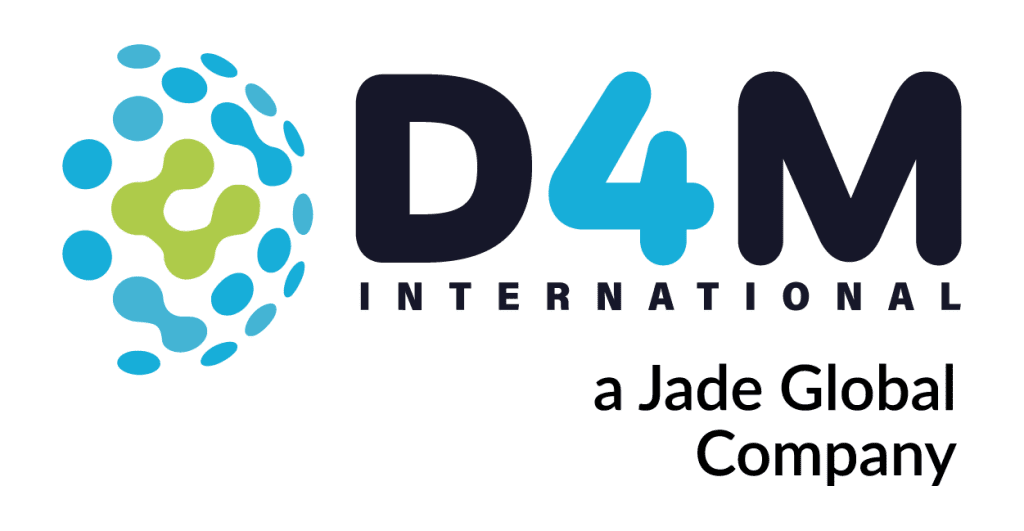Last week, Erick Sanchez gave us a walkthrough of Warehouse Management. This week, we’re talking about the new and improved version, EWM.
From its improved control through its extensive yards system to its better traceability and production replenishment, the technology is pushing manufacturing capabilities to the next level!
Check out our interview for a detailed run through of this new and exciting technology!
Gene: So, continuing from our conversation last week, warehouse management is more than just one simple application, right? It’s functionalities are wide sweeping and has multiple different uses with multiple different applications?
Gene: To put it more concisely, since you went into quite a lot of detail defining Warehouse Management, what exactly does EWM add to that equation? Does it simply improve the functions already there or does it modify all of the features that you just spoke about?
Eric: EWM stands for “Extended Warehouse Management Module”. It is an evolution of the Warehouse Management Module that is now included in the new version of the SAP system (though, the EWM module already existed before the S/4Hana version).
Eric: That means that, as you mentioned, it has the same functionalities I just described (from the normal WM module that is) but also adds totally new functionalities and controls inside the system. Let me give you an example: one of the new functionalities of EWM is its ability to give you additional control of your inbound and outbound operations/processes in the plant/company.
Eric: EWM now allows you to have control of your different docks/yards. That means that you are able to schedule your different incoming shipments.
Eric: For example, you can schedule your different receiving docks, you can see which truck you have at your disposal or which truck you are waiting/delayed; whether the shipment is coming in the next ten minutes or in the next 5 hours. With EWM, you can manage all these things in the system directly and do it much more quickly.
Eric: Then you can assign in advance resources which is called resource management. How this works is that, say you are waiting for a huge shipment is coming to your plant, you can allow two or three different people to unload this full truck. If you are waiting for a small truck, for example, you just can assign one resource. This allows you a lot more flexibility (and tracking) for unloading a shipment and reassigning shipment locations on the fly.
Eric: Speaking of traceability, let’s go into more detail about the improvements EWM brings to the table. With EWM, you can track your entire process from the very beginning, since you are receiving a specific palette or material, you can track all the internal movements in your plant. You can see your placement of materials anytime anywhere! Whether it’s in the receiving dock or if it was already put away inside your warehouse or if it is in a hydraulic or shop floor position, etc.
Eric: If it was already broken down (because you want to send partial quantities to your production line) then you can see if this specific product was already in the production line or is waiting to be scanned/confirmed by a specific resource in the production line, etc.
Eric: It also can improve production replenishment processes. Extended Warehouse Management has a functionality called “Waves Management”. That means you can run specific processes in the system and then the system knows specifically which materials/products needs to be replenished to the line. You can optimize your spaces with replenishment activities in the production lines and also in your warehouse.
Eric: You can also manage your outbound yards. For example, you can do a kind of transport management based on transport units. Transport units normally means your trucks that will deliver your materials to your customers.
Eric: With those few examples, you can hopefully see some of EWM’s totally new functionalities and capabilities. And also it’s a totally different, let’s say organizational structure inside your system. You would think that means more control, more steps, would always lead to greater productivity, right? We need to understand that because of the upgrade in tech, it sometimes causes growing expectations to our customers, who may simply need a simple solution to manage all the internal warehouse operations. Not all customers are prepared for the additional complexity, so you need to be sure which of the two options are right for your organization.
Eric: But, that’s more or less the difference between WM and EWM modules
Eric: As I briefly mentioned at the top of this interview, another big difference between WM and EWM is that the latter is included in the ERP SAP system solution. That means, as I mentioned, it’s another module in SAP. And now with the extended warehouse management, you can have it standalone or embedded. That means it can be in a separate box from your normal SAP system and you can connect it on the way that you can have your internal operations or your warehouse operations in a separate box. And for sure those activities need to be replicated to your normal ERP or SAP system. Because remember, all your numbers or all your books are in your ERP system, not in your warehouse management system. The Warehouse Management System again only to manages your internal movements in the system. The Warehouse Management module does not write any kind of postings in your books, in your accounts, in your financial objects. So it is just as I mentioned, internal movements in your warehouse.
Eric: So in the new EWM, let’s say system or version or module in SAP you can have it standalone or embedded. Your choice must ultimately depend on your necessities and your expectations. You can decide – as an organization – if you want to implement it as standalone. That means in a separate box or embedded.
Eric: Embedded means it is included in the S/4HANA version, but depends on the license that you got when you bought the SAP system; if it is basic Extended Warehouse Management Module version or the advanced version.
Eric: But again, it will depend on your operations and your different processes within your industry if you ask for the WM software that is separate or the EWM module embedded.
For more interviews/success stories, be sure to check out the official D4M International YouTube page!
D4M is a privately owned company specializing in leveraging digital technologies to accelerate manufacturing clients to their transition to Industry 4.0. With long tenure and hundreds or successful projects, we are confident that our approach and experience provides the roadmap to help bring clarity and efficiency to your manufacturing operation.
To find out how we can help with your SAP environment, or to learn more about how we rolled out SAP to 60 locations in 60 months, reach out to us today. Contact form and office numbers listed below.
We look forward to partnering with you soon!






